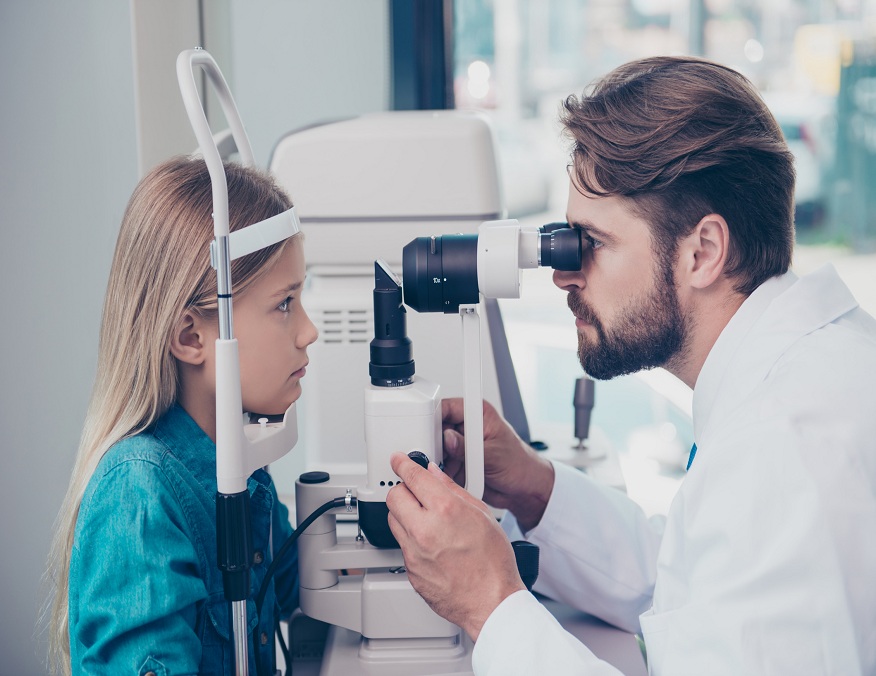Due to its prevalence, myopia is a subject of extensive research in optometry. Numerous articles investigate the effects of myopia, how it develops, and the numerous strategies for preventing its progression. Some individuals devote their entire careers to studying the issue because so much information is available.
However, we completely understand if you do not want to review the details yourself. Myopia is a complex topic, but you should be aware of the following essentials:
- Myopia typically develops between the ages of 8 and 12 in school-aged children.
- Myopia develops when the eye is too long, or the cornea is too vertical.
- Myopia may impact your child’s quality of life, such as their academic and athletic performance.
- Myopia is genetic, so it is possible for the risk to be passed down through generations.
- Too much time spent indoors or performing close-up duties may contribute to the development of myopia.
Signs of Childhood Myopia
Myopia is crucial to detect and manage because it can develop so early. As stated previously, myopia typically develops between the ages of 8 and 12, but it can also occur earlier or later in life.
Childhood myopia is only detectable by eye care specialists, but there are other symptoms that may indicate its development, including:
Issues at School
On a standard school day, your child may be required to read from a whiteboard on the opposite side of the classroom, play sports with friends, or perform duties that rely on their vision. If their distance vision is impaired, it may be difficult for them to keep up with lessons, respond swiftly to events while playing sports, or read school signs and directions.
This could be a sign of myopia if your child expresses annoyance with these duties.
Behavioural Problems
Myopia can influence your child’s behaviour and interactions with the outside world, despite the fact that vision plays an essential role in their academic development.
If your infant is developing myopia, you may observe the following:
- Positioning themselves closer to their television, computer, and electronic device displays
- Experiencing a loss of spatial awareness
- To read or see something in the distance while squinting.
Physical Signs
Myopia is a vision disorder, but it can also lead to physical symptoms over time. Among the most prevalent are:
- Headaches
- Eyestrain
- Eye fatigue
Getting Your Child Help
Although myopia is prevalent, our team can help manage it through a variety of methods.
In some instances, a pair of glasses or contact lenses may be sufficient to rectify your child’s vision. However, if your child’s myopia appears to be worsening, we can offer multifocal spectacles and contact lenses.
Your first action, however, is to schedule an appointment with your nearest physician.

